Do sunrooms get hot?
This is a question that many homeowners have when they are considering adding a sunroom to their home. The answer, of course, depends on many factors.
In this blog post, we will discuss the ins and outs of sunrooms in warmer weather. We’ll talk about why sunrooms may get hot and what you can do to cool them down during the summer months. We’ll also jump into the topic of air conditioning in a sunroom.
So, whether you’re thinking about adding a sunroom or you’ve already got one and want to make sure it’s comfortable during the summer, read on!
Are Sunrooms Hot?
The short answer is, that sunrooms can get hot. But there are a few things that play into how hot a sunroom can get.
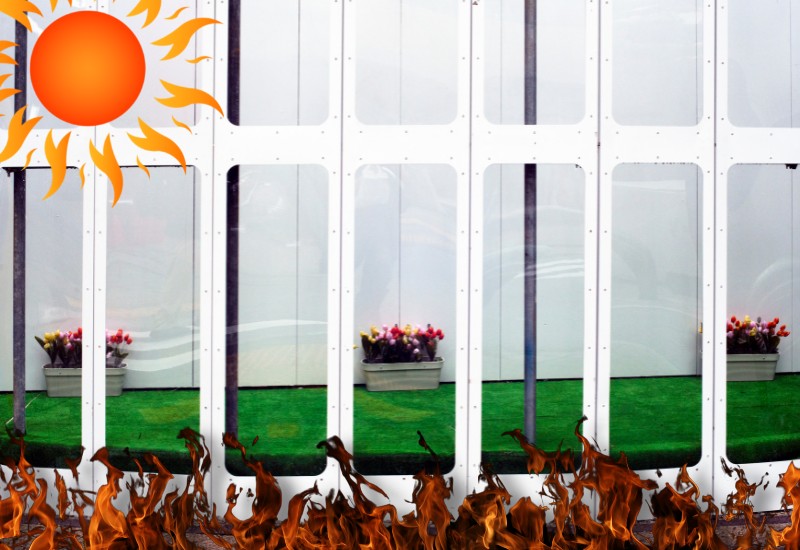
Sunrooms are made to give homeowners a bright, airy, and sun-filled space. It should provide the experience of being outside without the drawbacks that come along with being outside (like bugs and rain!).
To achieve this goal, sunrooms are typically built with a lot of windows. And while all that natural light is great, it also means that sunrooms can heat up quickly when the sun is shining.
There are other factors that lead to a hotter sunroom. For instance, when your sunroom has poor airflow, you can expect the temperature to rise considerably during the warmer months.
How Do You Keep a Sunroom from Getting Too Hot?
There are many ways to keep a sunroom from getting too hot like adequate insulation, installing vent fans to push the air up and out of the room, limiting the amount of sunlight that gets in, and adding a ceiling fan or AC unit.
Let’s take a closer look at each of these.
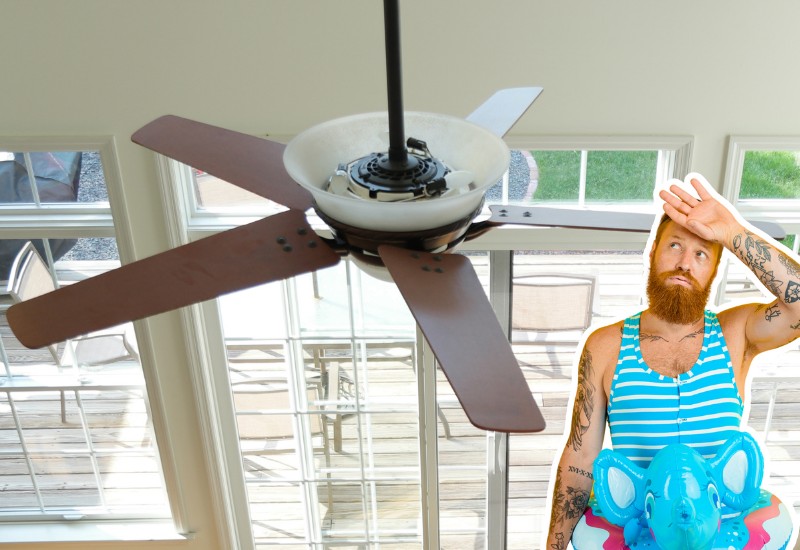
Insulation
In sunrooms, it is especially important to insulate the space because sunrooms can get hot quickly. Proper insulation will help to regulate the temperature in your sunroom and keep it consistent throughout the day.
Not only does it help to keep the heat out during the summer months, but it also helps to keep the heat in during the winter months. This is important because sunrooms are typically not heated and can get very cold in the winter if they are not properly insulated.
There are many different types of insulation that can be used in sunrooms. Some common options include spray foam insulation, fiberglass batting, and rigid foam board.
Vent Fans
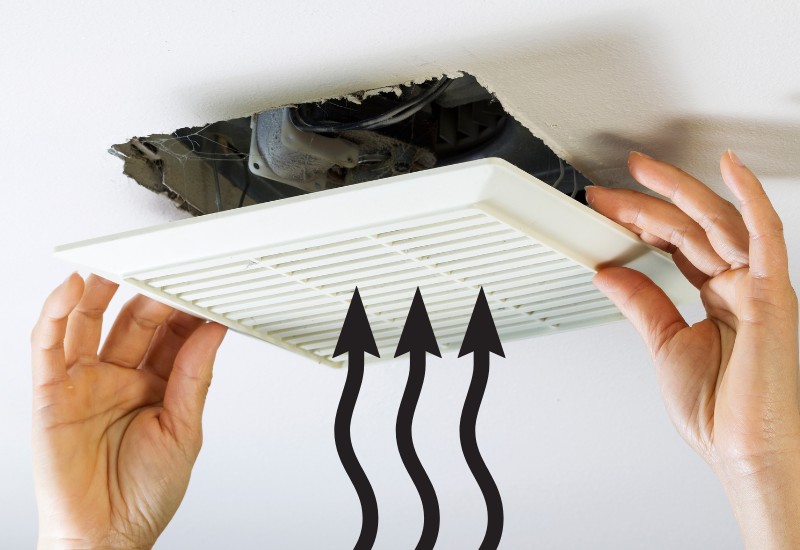
Another way to keep a sunroom from getting too hot is to install vent fans.
Vent fans can be installed near the floor and the ceiling of the sunroom to help push the air up and out of the room.
This helps to circulate the air and keep the sunroom cooler.
Limit Sunlight
One way to keep your sunroom from getting too hot is to limit the amount of sunlight that gets in.
There are a few different ways to do this. One option is to install sun shades on the outside of the sunroom. Another option is to tint the windows.
I know it may sound counterintuitive as you would normally like a sunroom to get more light than any room in the house. But, in the summer months, it is important to limit the amount of sunlight that gets in to keep the sunroom from getting uncomfortable to even enjoy that outdoor feel.
Plus, tinting the windows or installing shades only provides a reprieve from the sauna-like feel a sunroom can create. It still allows you to experience the nature around you and enjoy the sun without the heat.
Ceiling Fans and Air Conditioning

Another way to keep a sunroom from getting too hot is to install a ceiling fan or an air conditioner.
Ceiling fans are a great option because they help to circulate the air and keep the room cool.
Adding a ceiling fan in a sunroom may require some additional help if you don’t have the electrical wiring already set up to install the fan. Whereas, adding a portable air conditioning unit is a simple task of plugging it in and turning it on.
There are AC units you can install in a window, attach to the wall, or leave sitting on the floor.
You can even have your existing HVAC unit supply air conditioning to your sunroom, but the air ducts will need to be modified to accommodate this.
Generally, we don’t normally recommend converting your HVAC to supply air to this space as a sunroom is meant to experience all 4 seasons. But if your sunroom is extremely uncomfortable and notoriously gets too hot in the summer, a small portable AC unit should do just fine.
Do Sunrooms Have AC?
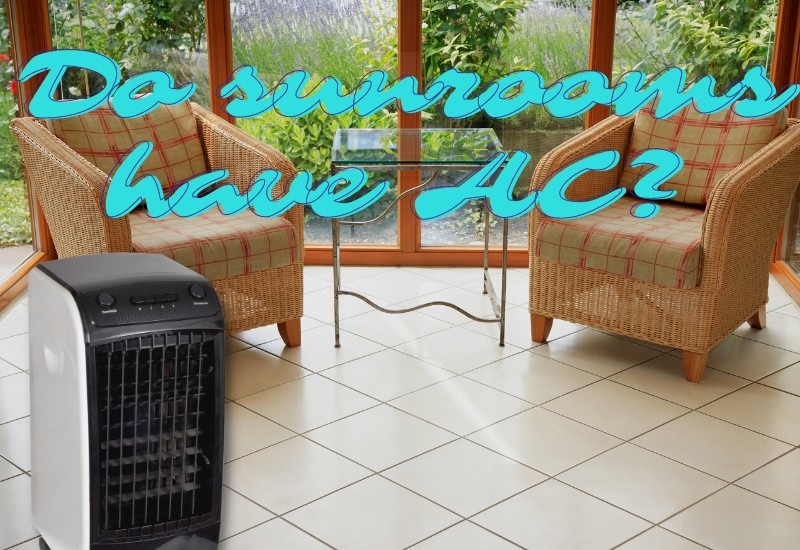
Sunrooms don’t normally have an AC, but they can certainly be used in a sunroom by a number of different methods.
As we stated previously, you could convert your existing HVAC system to cool your sunroom, but this can get costly. You’ll have to consider if it’s really worth spending the money when cheaper alternatives will do just as good a job.
A wall-mounted air conditioner unit is a great option. You can have the AC off the floor and out of the way. You don’t have to blast the air for the entire house just to cool down the sunroom, making it a far more economical choice.
Finally, you do have the option of using a portable AC unit. This is the most common type of AC used in sunrooms as it’s easy to move around and relatively inexpensive.
Just remember, whichever option you choose, you’ll want to make sure that your sunroom is properly insulated to ensure that the cool air stays in and the hot air stays out!
Are Sunrooms Energy-Efficient?
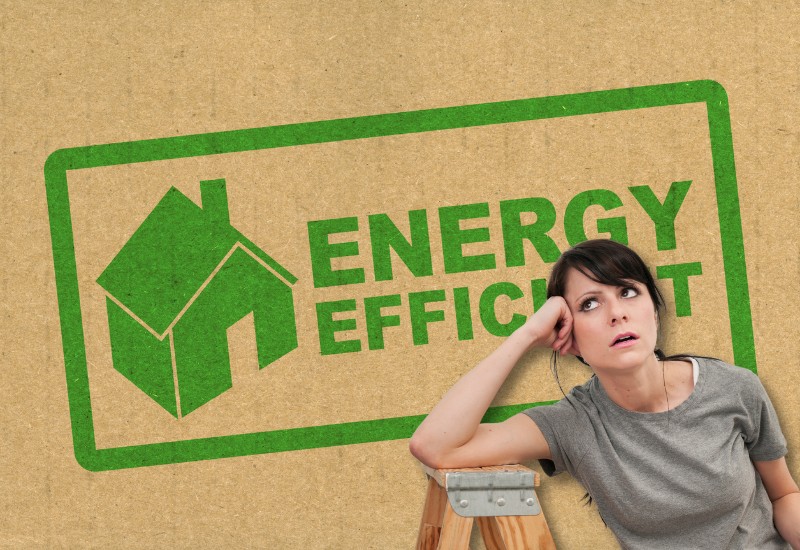
The sunroom is a great way to add value to your home. Not only will it provide you with a beautiful space to enjoy the outdoors, but it can also help you save on energy costs.
Sunrooms are energy-efficient because they rely on the sun for heat rather than artificial sources of heat like a furnace. But their energy efficiency is dependent on how well insulated they are.
Unfortunately, the empty space available in the walls of a sunroom is not good for insulation. But, this can be remedied by using the right materials when your sunroom is being built.
Make sure to use double-glazed glass or some other type of multi-pane energy-efficient glass. This will help to keep the sunroom warm in the winter and cool in the summer. In addition, using only wood or vinyl window frames will also help to insulate the sunroom and keep the temperature regulated.
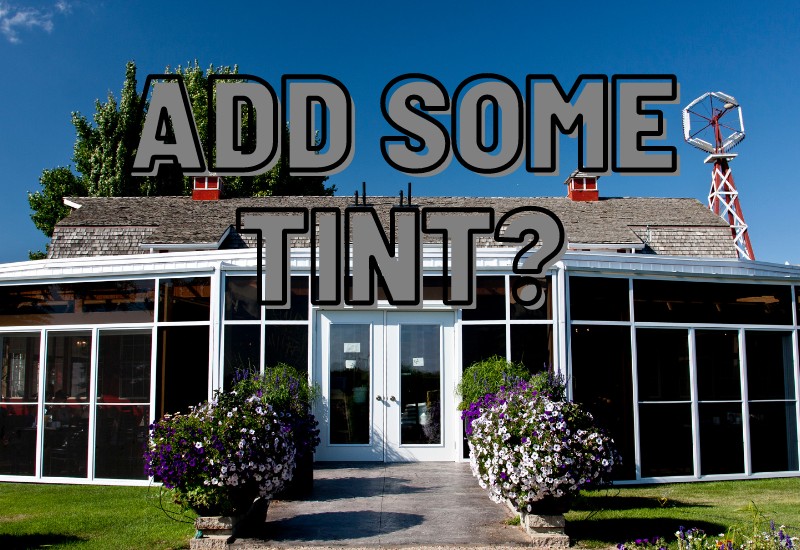
Another way to make your sunroom more energy-efficient is to add some type of shading to the outside of the sunroom.
As we already mentioned, tinted sunroom windows or some kind of exterior shade will only help the feel of your sunroom. This will keep the sun from beating down on the glass and making it too hot.
Also, hiring the right contractor is key as proper framing done with care is vital to ensuring that no tiny gaps exist that will ultimately lower the energy efficiency of your sunroom.
Conclusion
We know that owning a sunroom or considering building a new one can be exciting but also comes with a lot of questions.
Just like the question, do sunrooms get hot?
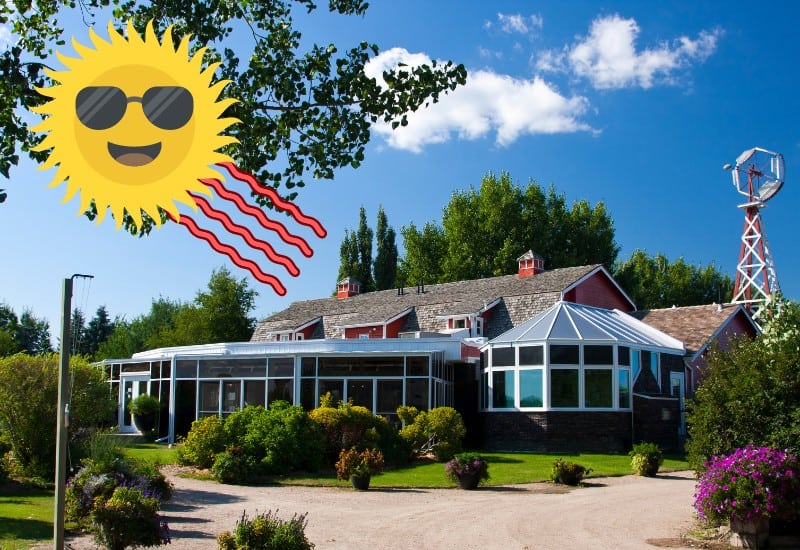
Again, sunrooms can get hot depending on the quality of insulation, materials, the direction the room faces, and how well the air circulates through the room.
There are many ways to keep your sunroom temperature comfortable like adding tint to your windows, installing a ceiling fan, or even looking into an AC option for your room.
Either way, you can certainly customize your sunroom to fit your needs. And if you need any help deciding what way is best for you, just give our professionals a call!
Thanks for reading!



